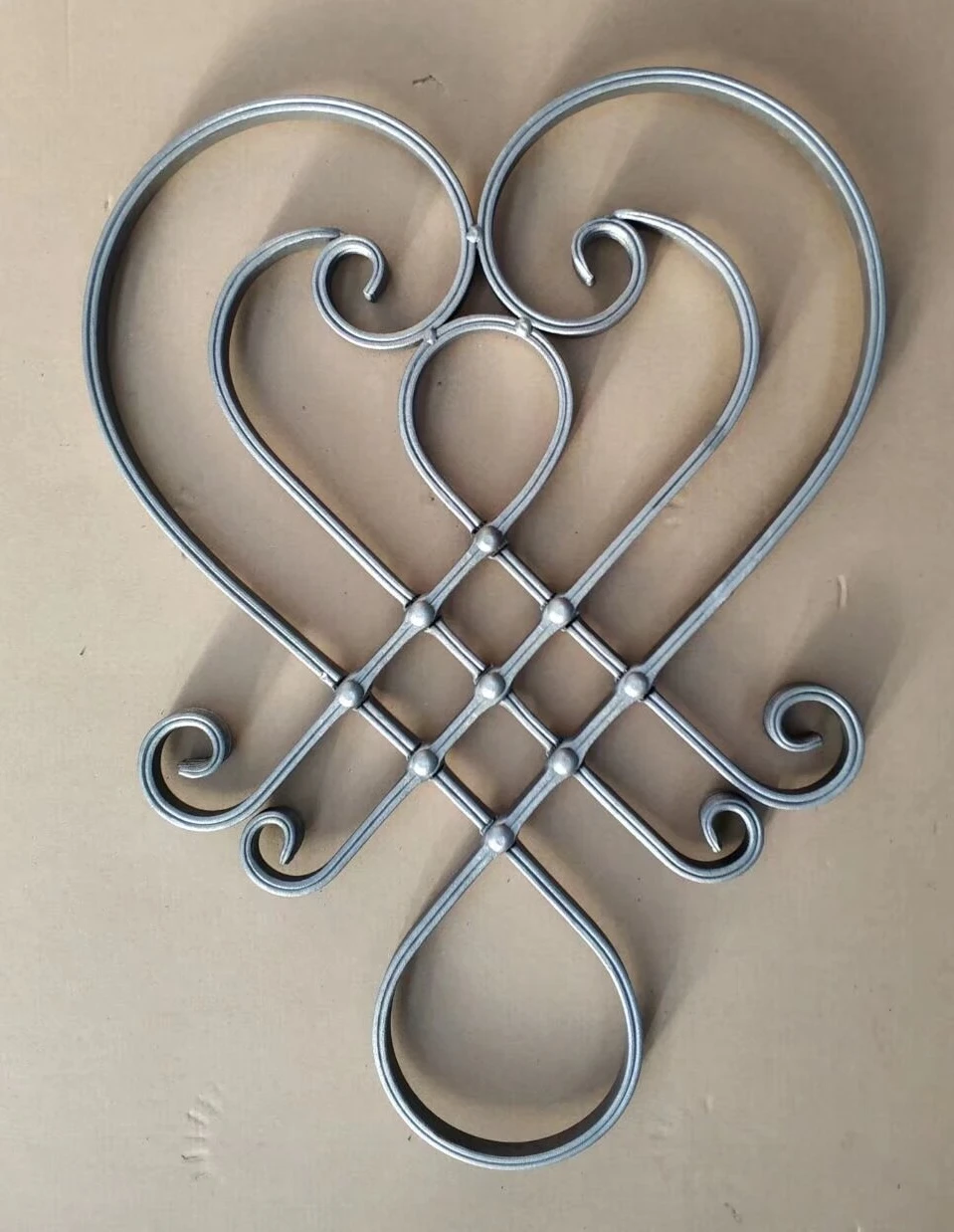cast iron bushings
Understanding Cast Iron Bushings Applications, Benefits, and Considerations
Cast iron bushings have gained significant traction across various industries due to their unique properties and capabilities. This article delves into what cast iron bushings are, their applications, advantages, and factors to consider when choosing the right bushing for your needs.
What are Cast Iron Bushings?
Bushings are cylindrical components used to provide a low-friction interface between two moving parts. They are typically inserted into larger components to allow for rotation or oscillation. Cast iron bushings are made from cast iron, a material known for its excellent machinability, wear resistance, and ability to dampen vibrations.
Applications of Cast Iron Bushings
Cast iron bushings are widely utilized in numerous applications, thanks to their robust characteristics. Here are a few common areas where these bushings are found
1. Automotive Industry In vehicles, cast iron bushings are often employed in suspension systems, steering systems, and other moving parts. They provide support and reduce friction between components, enhancing the vehicle's durability.
2. Manufacturing Equipment Many machines in manufacturing, such as conveyor systems and heavy-duty machinery, rely on cast iron bushings. They help ensure smooth movements between shafts and other rotating elements, which is essential for operational efficiency.
3. Construction and Heavy Machinery In construction equipment, where loads and stresses are significant, cast iron bushings offer the strength required to withstand harsh conditions. They are commonly found in cranes, excavators, and other types of heavy machinery.
4. Home Appliances Surprisingly, even in household applications, cast iron bushings can be found in various appliances, serving to manage the movement of interior components efficiently.
Benefits of Cast Iron Bushings
1. Durability One of the most significant advantages of cast iron bushings is their durability. They can withstand considerable wear and tear, making them ideal for high-load applications.
cast iron bushings

2. Low Friction The smooth surface of cast iron bushings provides a low-friction interface, which minimizes wear and energy loss during operation. This characteristic is essential for improving the overall efficiency of machinery.
3. Vibration Damping Cast iron has inherent properties that allow it to absorb vibrations, thus reducing noise and enhancing the lifespan of machinery components.
4. Cost-Effective Compared to other materials such as bronze or composite materials, cast iron bushings are often more cost-effective while still offering reliable performance.
Considerations When Choosing Cast Iron Bushings
While cast iron bushings offer many advantages, there are several factors to consider when selecting the right bushing for your specific application
1. Load Capacity It is crucial to ensure that the selected bushing can handle the load it will be subjected to in its application. Consult load capacity charts and data sheets to identify the appropriate type and size.
2. Environmental Conditions Cast iron can be susceptible to corrosion if exposed to moisture or harsh chemicals. In such cases, a protective coating or alternative material may be more suitable.
3. Alignment and Installation Proper alignment is necessary for optimal performance. Misalignment can lead to premature wear and failure. Ensure that the installation process is conducted with precision to maintain the integrity of the bushing.
4. Maintenance Although cast iron bushings are generally low-maintenance, regular inspections are advisable to check for wear and tear. Proper lubrication can also extend their lifespan.
Conclusion
Cast iron bushings stand out in the realm of mechanical components, providing durability, low friction, and vibration-damping capabilities across various applications. Their cost-effectiveness makes them an appealing choice for industries ranging from automotive to heavy machinery. However, it is essential to consider the specific requirements of your application, including load capacity, environmental factors, and maintenance practices. When properly selected and maintained, cast iron bushings can significantly contribute to the efficiency and longevity of machinery.
-
Wrought Iron Components: Timeless Elegance and Structural StrengthNewsJul.28,2025
-
Window Hardware Essentials: Rollers, Handles, and Locking SolutionsNewsJul.28,2025
-
Small Agricultural Processing Machines: Corn Threshers, Cassava Chippers, Grain Peelers & Chaff CuttersNewsJul.28,2025
-
Sliding Rollers: Smooth, Silent, and Built to LastNewsJul.28,2025
-
Cast Iron Stoves: Timeless Heating with Modern EfficiencyNewsJul.28,2025
-
Cast Iron Pipe and Fitting: Durable, Fire-Resistant Solutions for Plumbing and DrainageNewsJul.28,2025
-
 Wrought Iron Components: Timeless Elegance and Structural StrengthJul-28-2025Wrought Iron Components: Timeless Elegance and Structural Strength
Wrought Iron Components: Timeless Elegance and Structural StrengthJul-28-2025Wrought Iron Components: Timeless Elegance and Structural Strength -
 Window Hardware Essentials: Rollers, Handles, and Locking SolutionsJul-28-2025Window Hardware Essentials: Rollers, Handles, and Locking Solutions
Window Hardware Essentials: Rollers, Handles, and Locking SolutionsJul-28-2025Window Hardware Essentials: Rollers, Handles, and Locking Solutions -
 Small Agricultural Processing Machines: Corn Threshers, Cassava Chippers, Grain Peelers & Chaff CuttersJul-28-2025Small Agricultural Processing Machines: Corn Threshers, Cassava Chippers, Grain Peelers & Chaff Cutters
Small Agricultural Processing Machines: Corn Threshers, Cassava Chippers, Grain Peelers & Chaff CuttersJul-28-2025Small Agricultural Processing Machines: Corn Threshers, Cassava Chippers, Grain Peelers & Chaff Cutters












